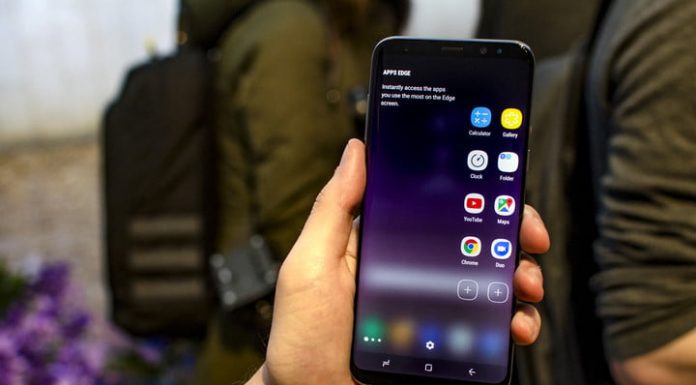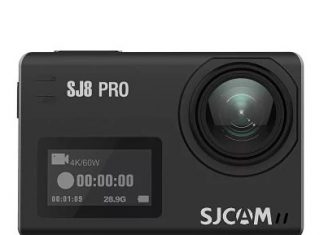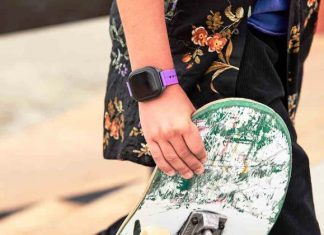There’s no denying that a website is one of the most effective marketing tools at a business’ disposal. After all, it doesn’t just provide a host of information on a company and its offerings for prospective customers. But it’s also active 24/7, making it the centerpiece of an organization’s advertising efforts as a result. Because its pages can leave an enduring impression on users, it’s imperative to ensure that the user experience or UX remains positive. While this can depend on several factors, the crux of the experience hinges on the overall design of the site.
It may appear like a simple matter, but with the rapid pace at which digital trends continue to evolve, it’s easy for websites to become old and outdated. More importantly, the balance between form and function is easier said than done. And it’s because of this that most organizations choose to rely on the expertise of reliable Tucson web design firms. But there are other things that organizations can do to enhance their website and improve both user experience and conversion rates simultaneously. And we’ll talk about a few tips that can help out.
It All Starts with Research
It’s easy to get ahead of oneself and begin designing immediately. However, it’s critical to start the process by researching first, specifically on who the intended audience is. It’s important to understand who the website is designed to be used by before drawing everything out because their needs and demands will ultimately determine the design’s direction. But this doesn’t necessarily mean that a company should spend a small fortune on exhaustive market analysis and research; a simple survey asking the following questions is more than sufficient:
- What demographics are the business targeting?
- What interests are part of the intended audience?
- What apps, services, or products are the target consumers using?
By incorporating the information into the process, a business has a better chance of implementing web design changes that will cater to its audience. As such, it’s important to learn as much about the target users as possible. Whether it’s through statistics, polling, or surveys, it’ll be easier to enhance the user experience if you’re aware of what people want.
Beauty in Simplicity
Many often recommend simple web designs, and for a perfect reason: it makes the page easier to navigate. It prevents a lot of confusion by eliminating unnecessary items and components in its overall design. After all, visitors are far more likely to leave if they encounter difficulties browsing through the site. And by hiring a reputable Tucson web design company and opting for a clean and streamlined layout, and using fonts that are easy to read can make all the difference in keeping the audience engaged and improving conversions.
- Each page should always have a single objective or goal. For instance, a checkout page should only contain what information is needed in the purchasing process. Anything more than this will create unnecessary confusion and lead to a lot of customer frustration.
- The pages’ intents must always be easy to understand without the need for further clarification. For example, the menu on the interface should be highlighted to ensure that the users are able to find it quickly.
- Prioritize the importance of information. Data that is deemed important must always be at the top, while those that aren’t should be at the bottom.
Be Generous in the Use of Whitespace
A fast and simple way to enhance a website’s design for user experience is to make use of whitespace. In fact, even sparing amounts can make a website look more polished and refined than it actually is. But the background doesn’t necessarily need always to be white. It just needs to serve as space in-between each of the site’s elements because it’ll add the elegance of simplicity to its pages. Here are a few tips on how whitespace can improve user experience:
- Increasing the line’s spaces for the body’s text and the white space when it comes to long blocks of text to both right and left margins can enhance comprehension at twenty percent.
- Avoiding images being in the same text lines will make the design look streamlined.
- Grouping all related objects with the use of whitespace can make the design more appealing.
Differentiate Varying Elements with Distinct Visual Designs
An important objective in web design that can make or break the user experience has a layout that is visually distinct for each page. Not only can it help retain flexibility in the users’ path, but it can also maintain engagement. In other words, it makes it easy for visitors to find what they’re looking for without any hassle.
- Critical details must always stand out. Blog posts, for example, a clear headline and subtitles relevant to the topic, is likely to attract more attention than those that lack these elements.
- Visitors should know where they are on the site. A navigational menu, for instance, should always be on every page.
- A CTA or call-to-action should be brief and concise and explain the intent adequately.
- Search fields must be distinct visually to ensure that users know where they are. It must also be placed somewhere that isn’t intrusive such as the upper left or right corners of the page.
- Readability is an essential part of any web design, and it will depend mostly on the font and color used. And it’s because of this that it’s important to choose the right combination for both the text color and background color.
While there are several tools available that can help determine the appeal of the web design, it’s good standard practice suggested by a Tucson web design company to encourage users to browse through the site to gain a better perspective on where it stands.
Conclusion:
All in all, the keys to excellent web design for the users’ experience is to ensure that the website works not only for the platform but also for the users. And with the tips mentioned in this article, you should be able to get started on redesigning your site to improve the browser’s experience of visitors.











